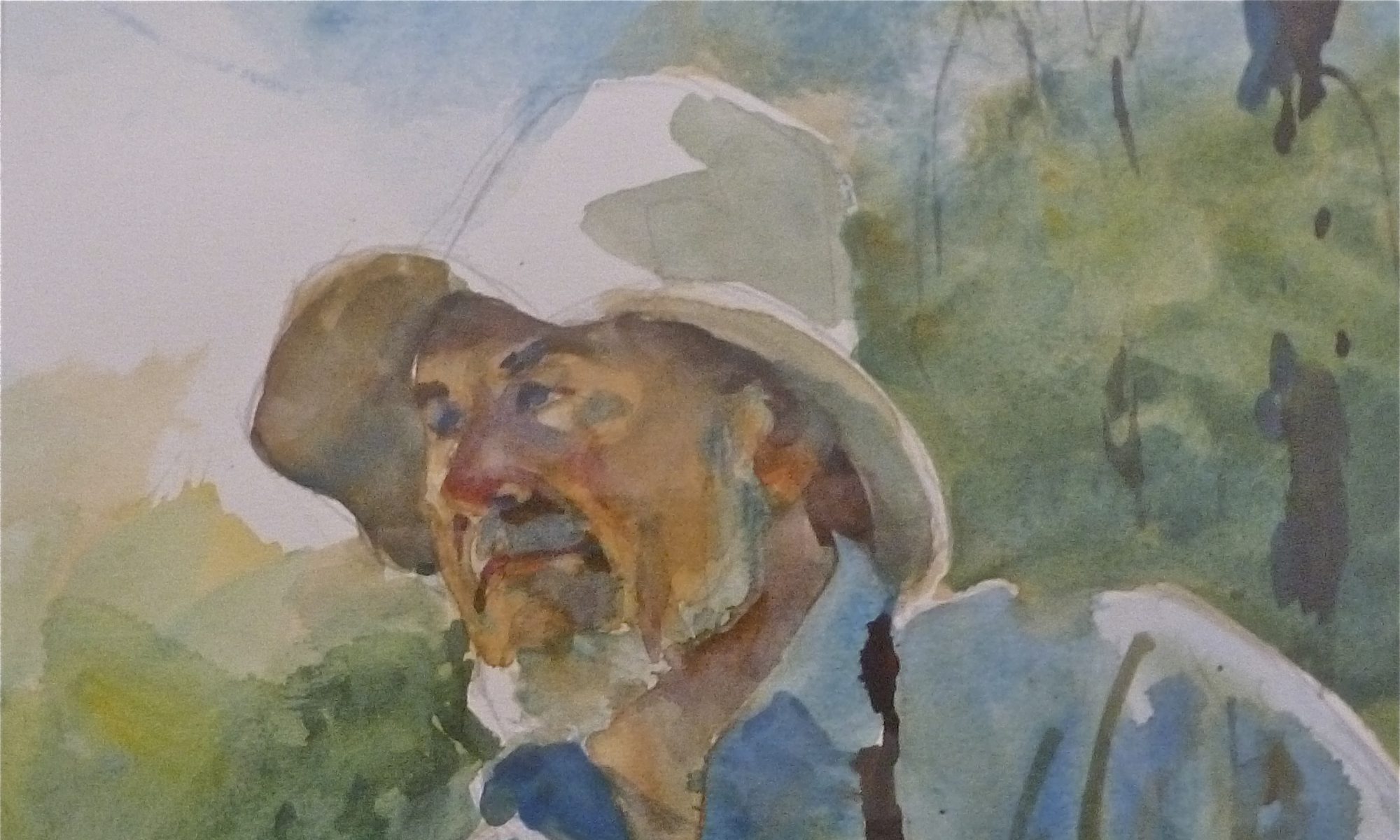In the late 30s, my Dad would help cut ice on winter weekends. I remember one cold day, maybe 1939 or ’40, my Mom bundled me up, stuffed me into the wooden box attached to my sled, along with a green tin lunch box and a thermos of hot tea. Off to Keene’s pond to bring Dad’s lunch.
Upon arrival, we saw men standing around a big black hole in the ice. My Dad came over, sat on my sled, and ate lunch. We didn’t venture onto the ice this time.
Another day or year, my Mom once again prepared a lunch for Dad, who was ice cutting. This time I had a longer sled with no box on it. I had to hold the green lunch box and thermos as well as holding onto the sled. As we passed Charlie Randall’s house, the road sloped down. Mom turned the sled backwards so it would not bang into her. She held the rope and let me coast slowly down the hill. Everything was going well until she pulled the rope to stop — off I went! The lunch box & thermos went flying. My Mom screamed something at me about the thermos! I picked it up, handed it to her, she shook it, it wasn’t broken! Phew!
 |
| A big hole with a team of horses pulling a sled filled with blocks of ice. The man on the right is using a hand saw. |
Out on the ice, this time the big black hole was near the back of the pond. Men were pushing blocks of ice around. We sat on the sled near the edge. It was scary to me. I don’t remember any machinery around, I’m just lucky I remember this much.
The next few years, my Dad did not work the ice cutting operation. We did go to the pond often to ice skate, first with double runners. My Dad would push me in front of him while he skated along.
 |
| A model ”A” powered ice cutting saw driven with a flat belt. |
Once or twice a winter, the ice cutting operation would be going on. About 1943 or ’44 I was old enough to go skating by myself. I now remember more of the ice cutting. There was a gas engine powered machine (I think it was a Ford model T engine) with a huge saw out front, all mounted on sled-like runners. It must have been self-powered to move, because I don’t remember a horse on the ice.
Most of the men were from the neighborhood. The only ones I can remember are Charlie Randall, Manuel DaLuz, Wally Loud, Lyman Kent & ” Dirty Russ” Williamson. I remember Charlie pouring gas into the fuel tank & “Dirty Russ” hollering instructions along with cuss words.
 |
| Poling the blocks to the conveyer. |
There was a canal cut to the icehouse, with a fence-like structure that extended out into the pond. The men would push the “ice cakes” through the canal to the conveyer that hooked the cake, and haul it up to the level were it would be stored. The conveyer was powered by a gas engine that was housed in a small shed.
 |
| Up the conveyer and into the Icehouse. |
If you wanted to get to the upper part of the pond, you couldn’t jump the canal with skates on, so you had to skate up along the fence-like structure and cross under the conveyer, then back on the ice and over to a spring hole, down on your belly, and slide up to the hole for a drink of clean, pure, cold, ice water.
The ice cutting operation stopped in 1945. From then on, Keene’s Pond was for the joy of skating or fishing.
by Ray Freden
Originally published in the Marshfield Mariner, March 11, 2009









